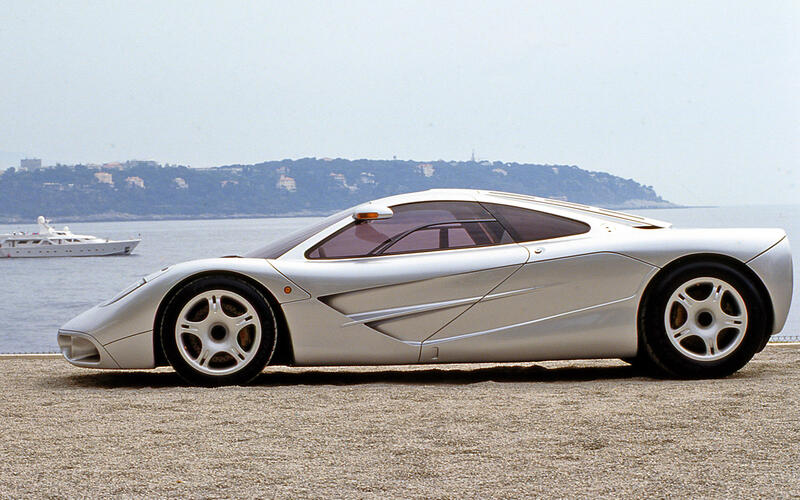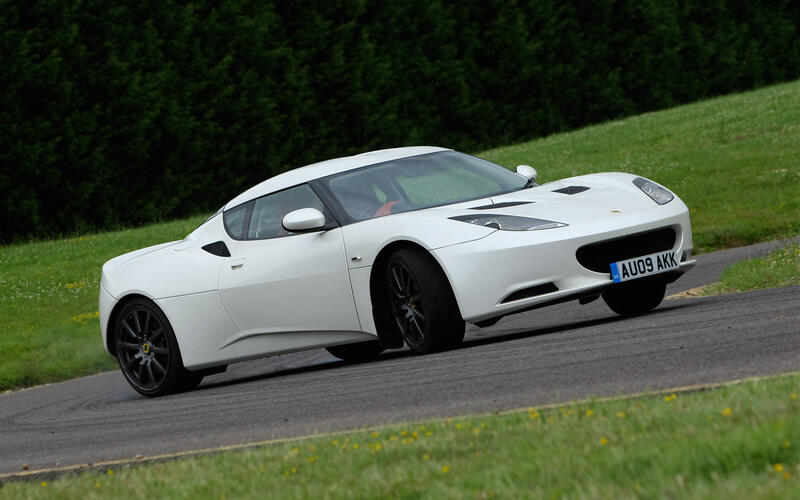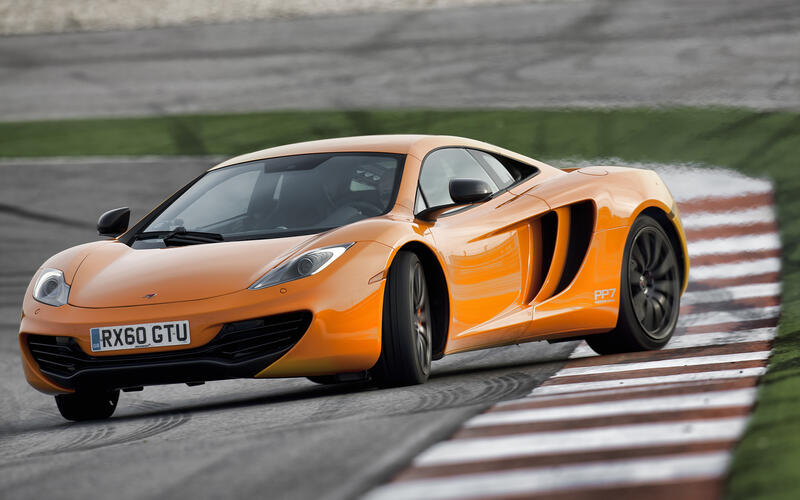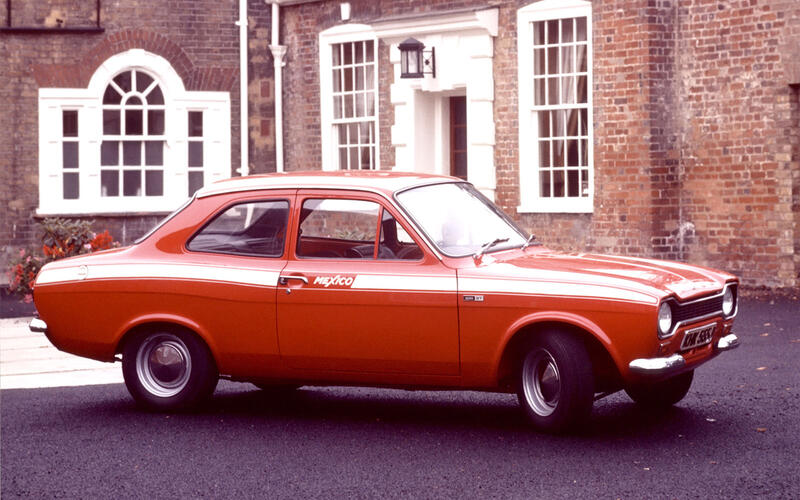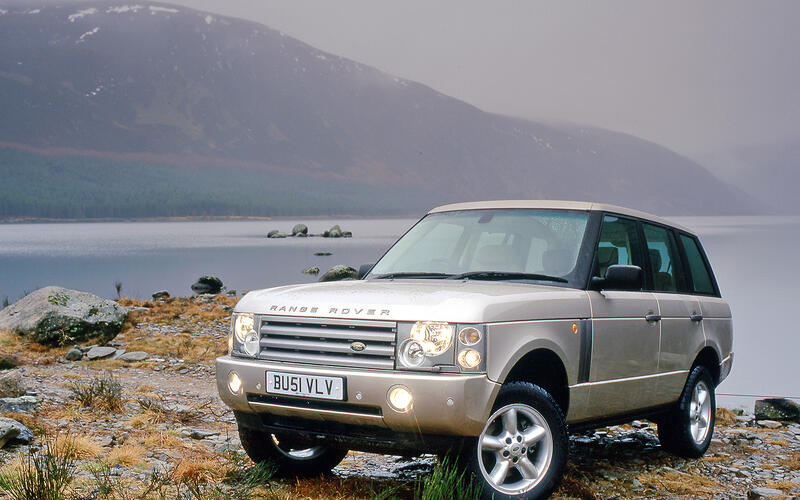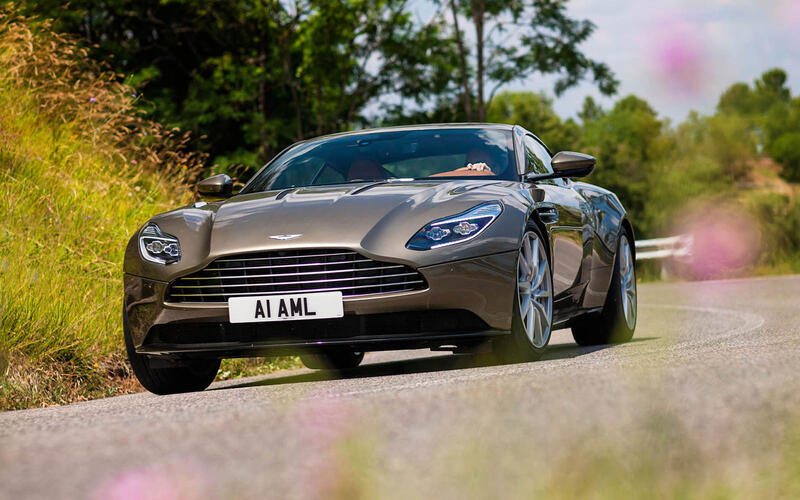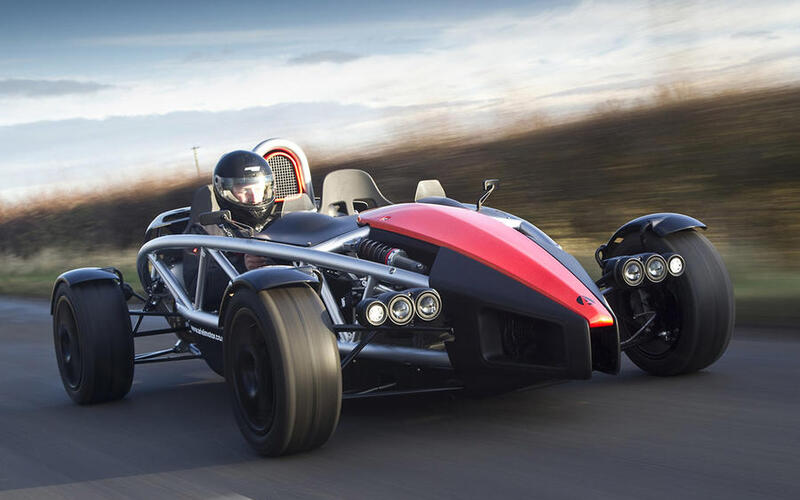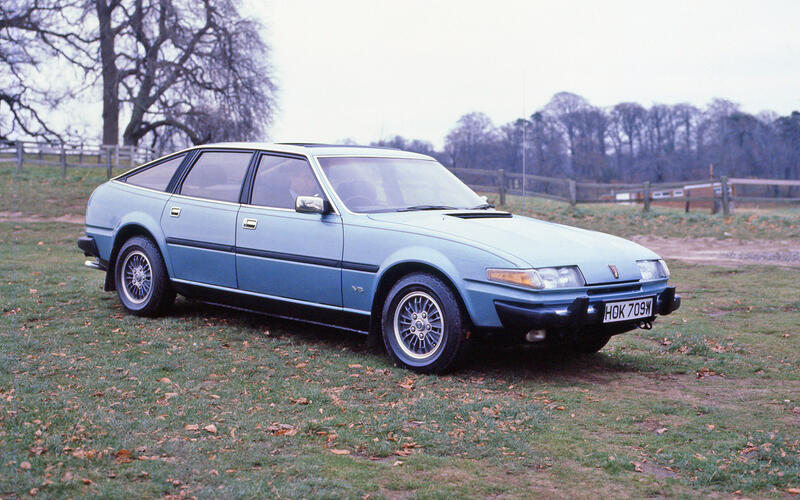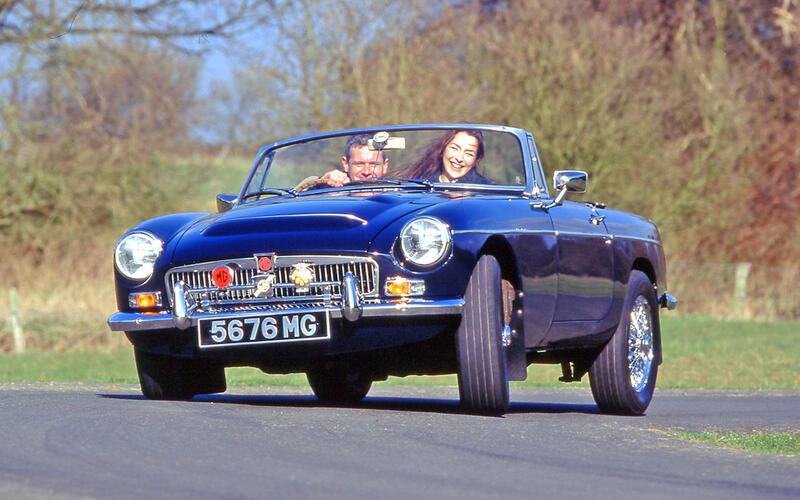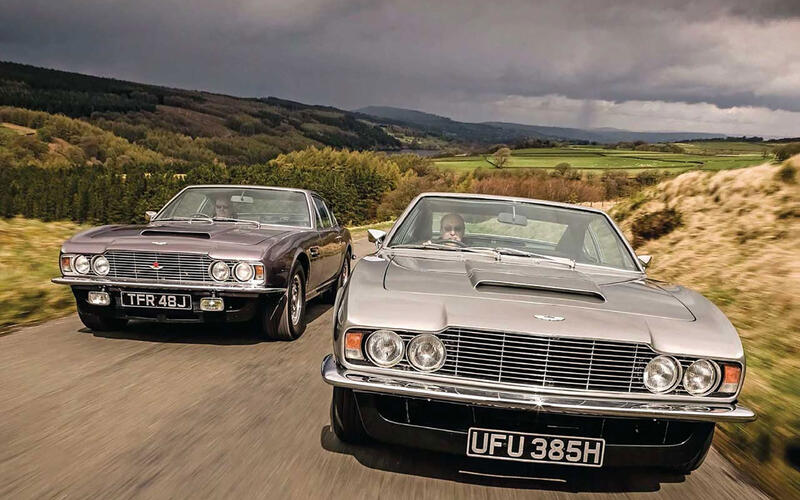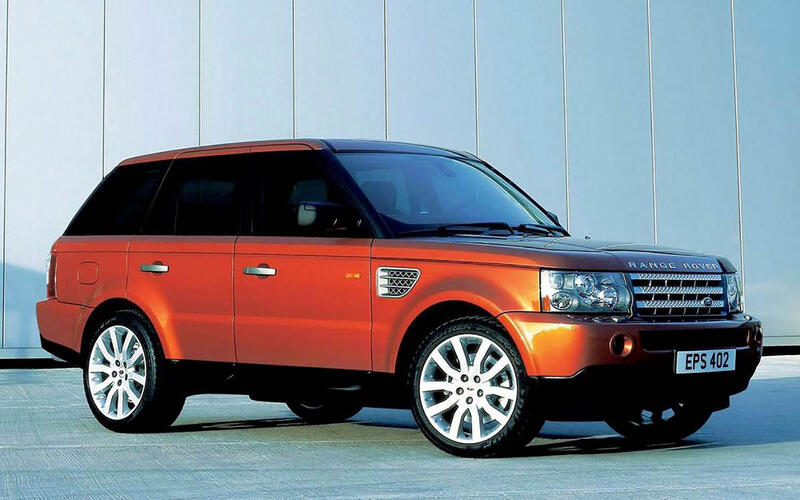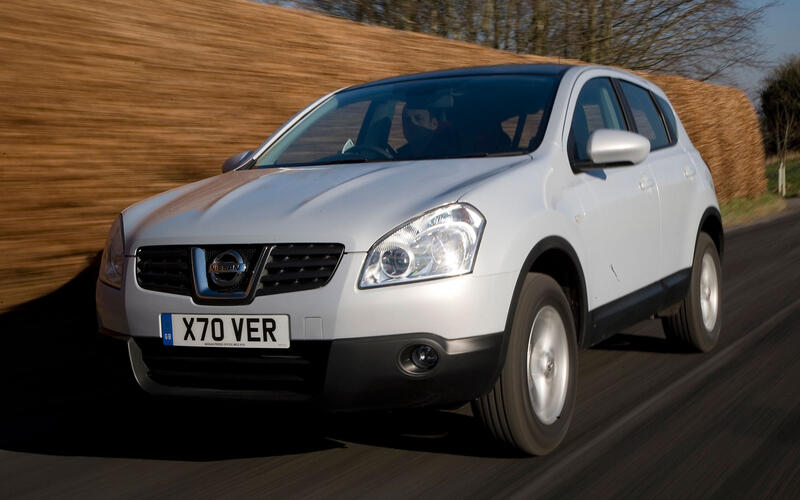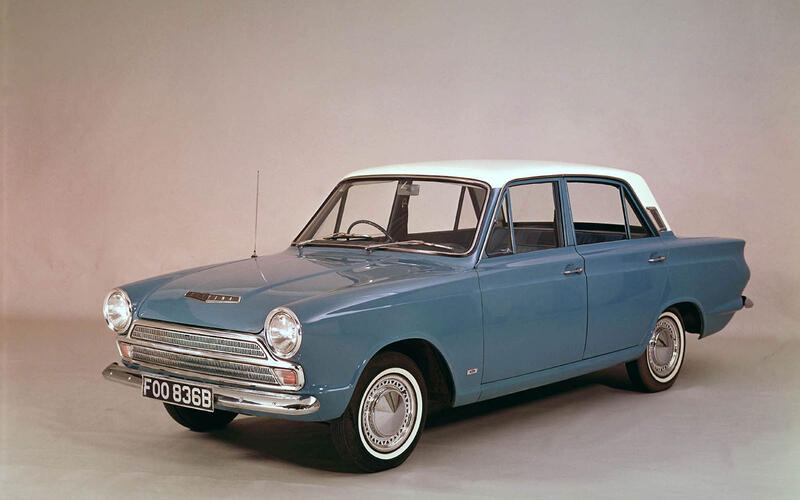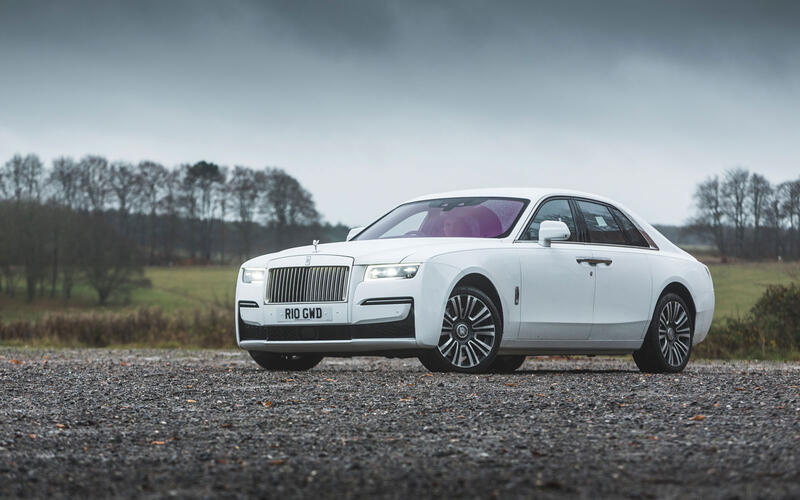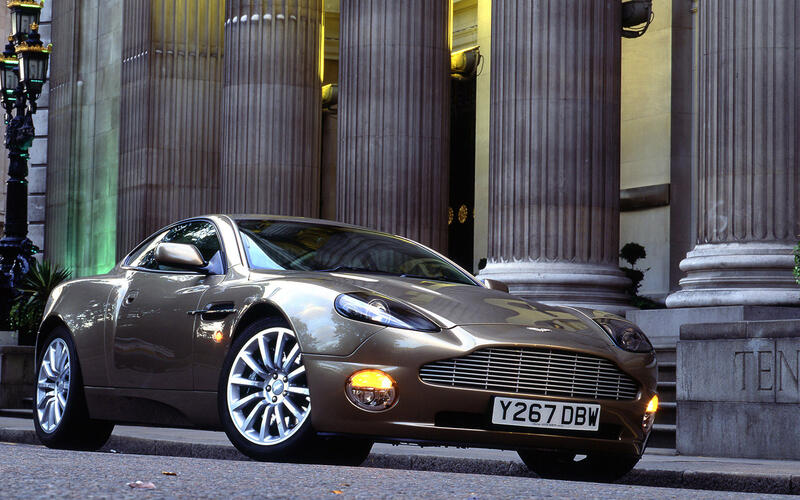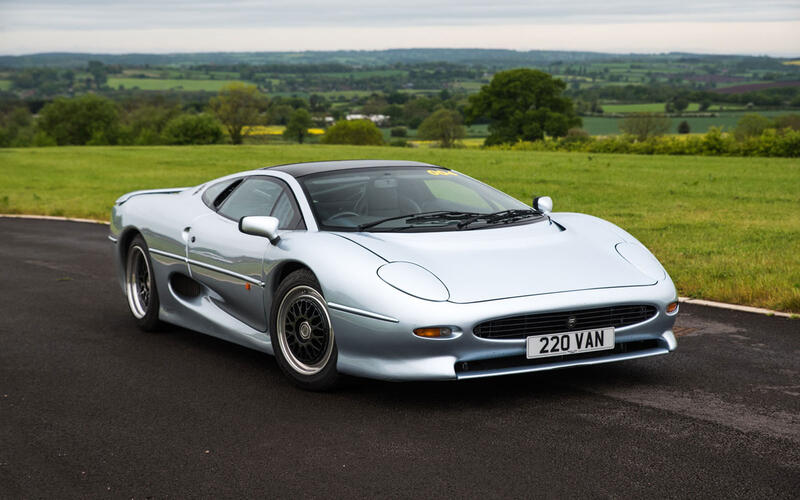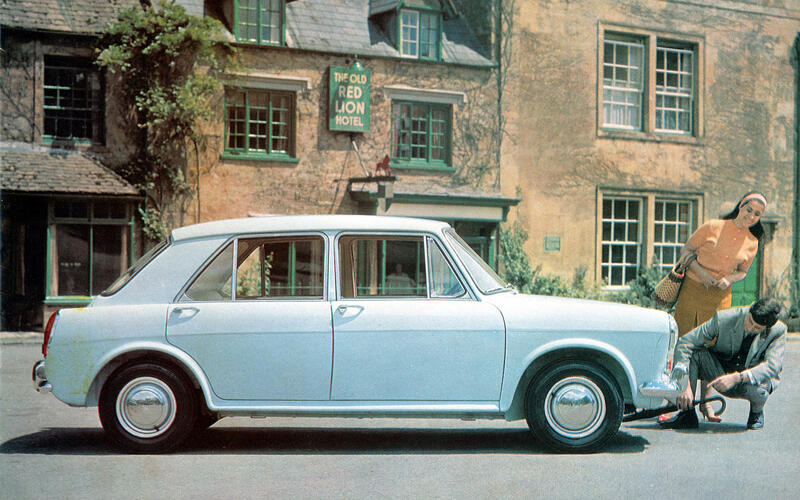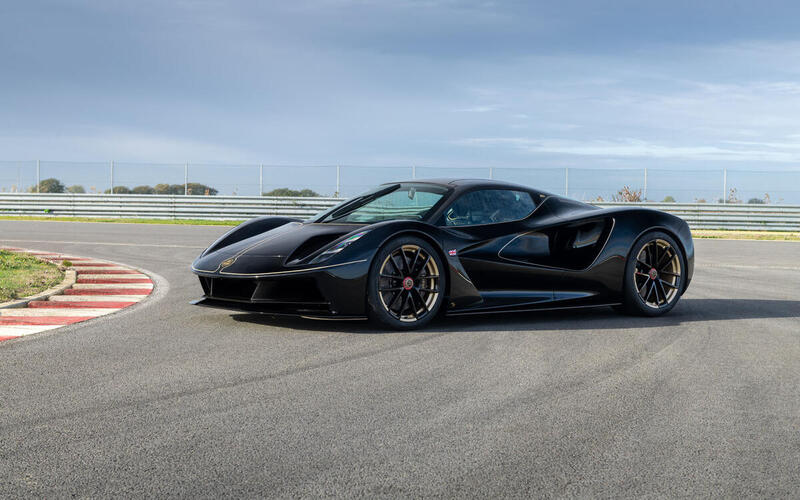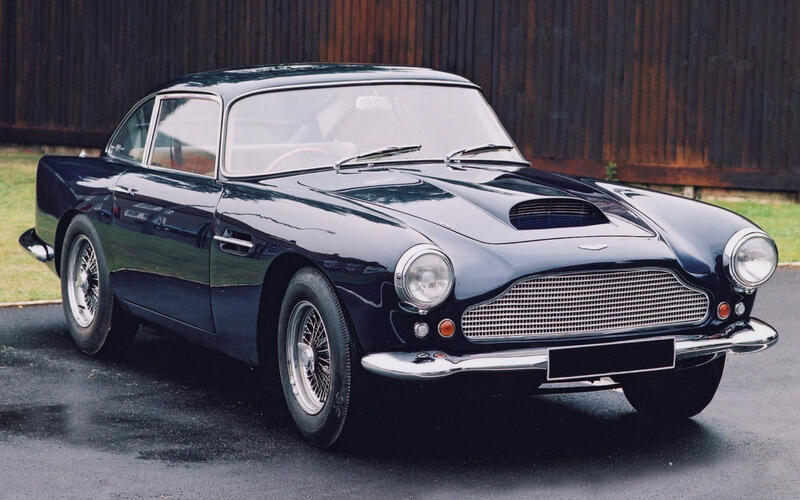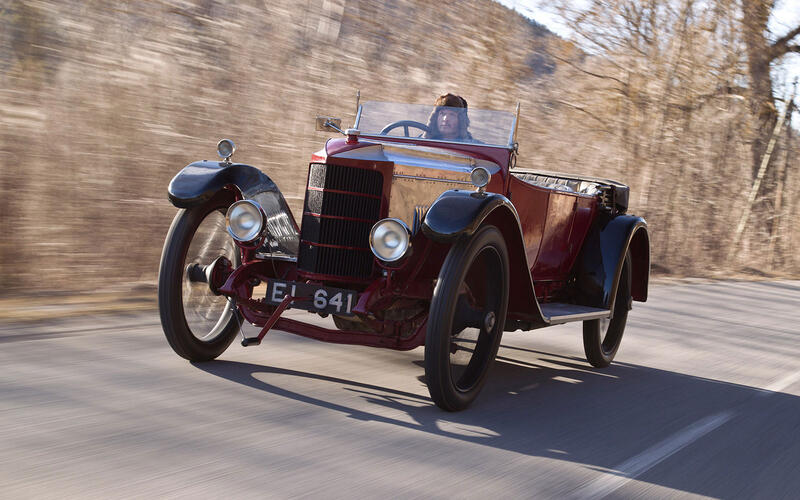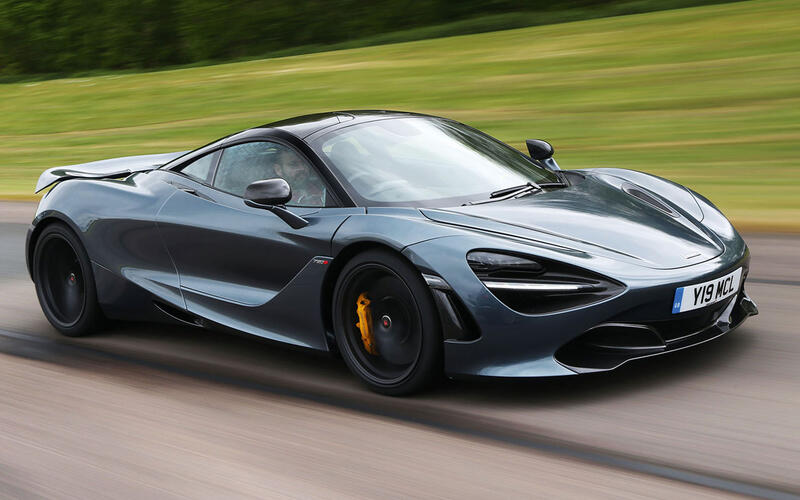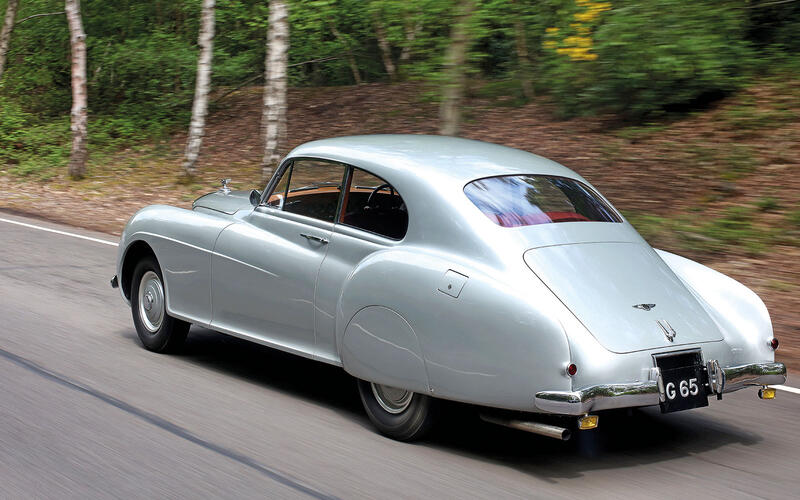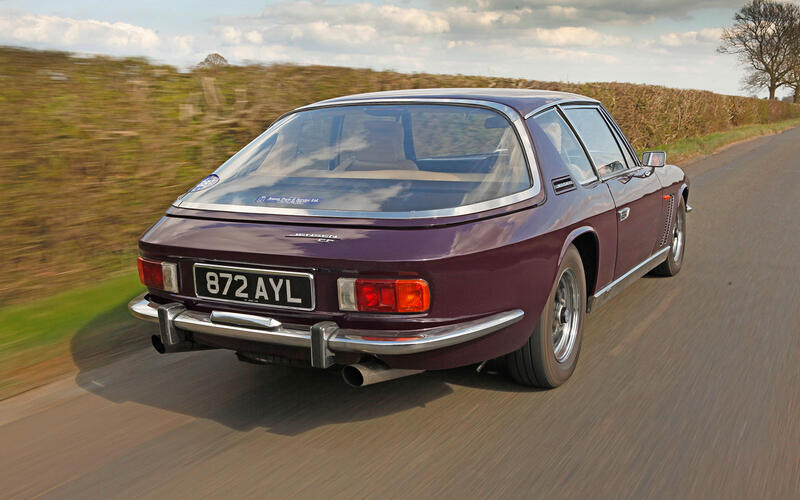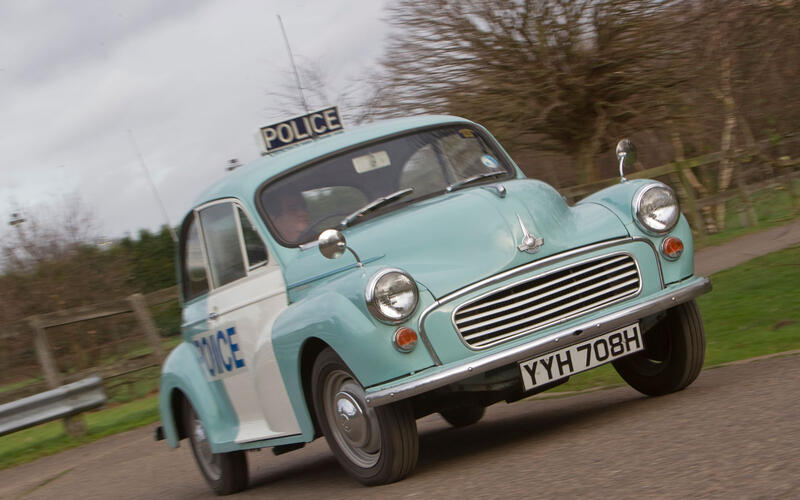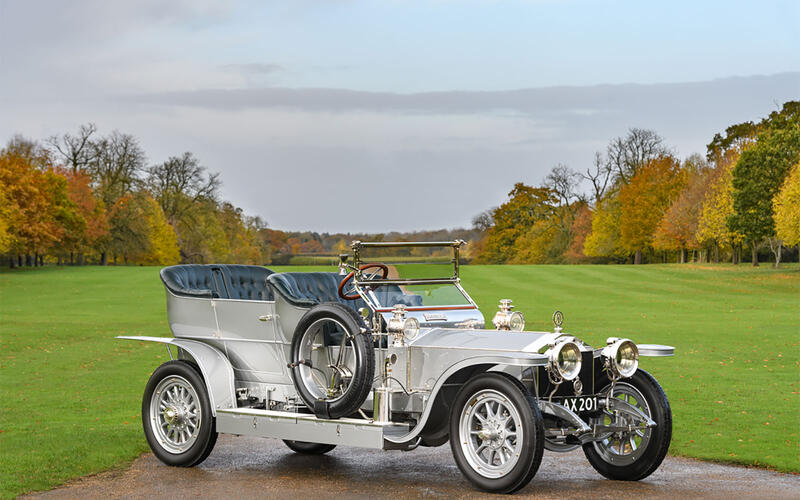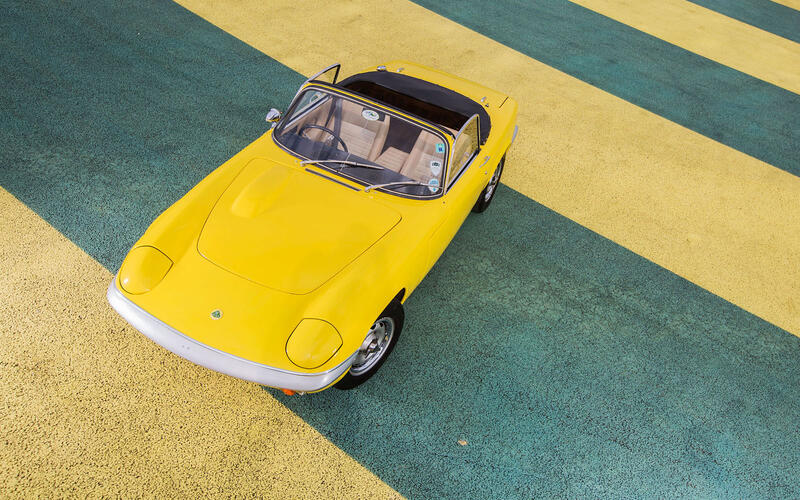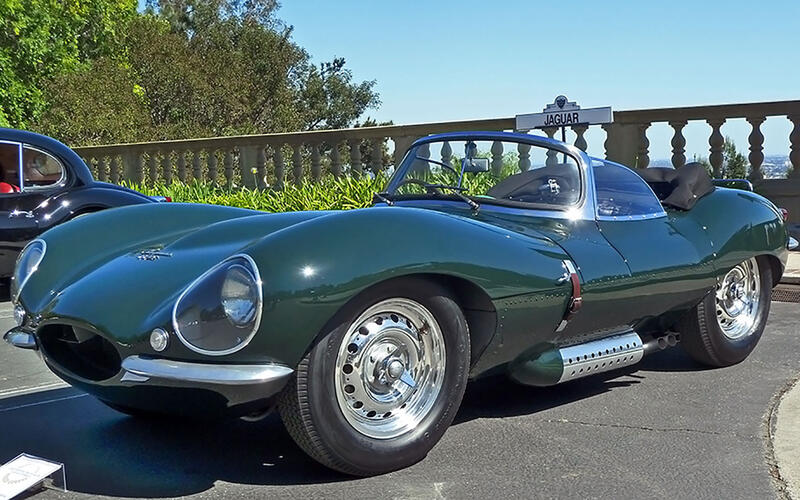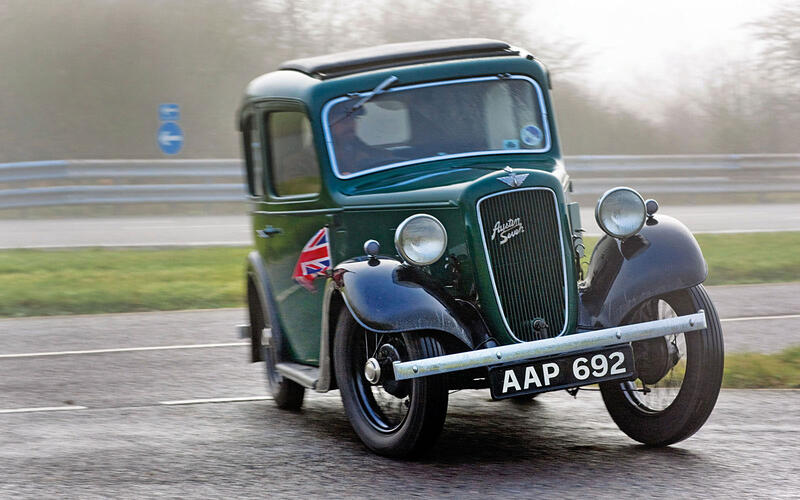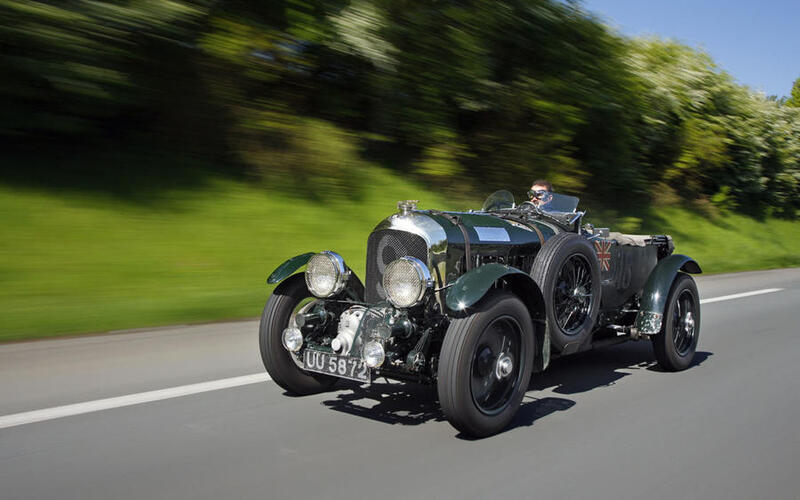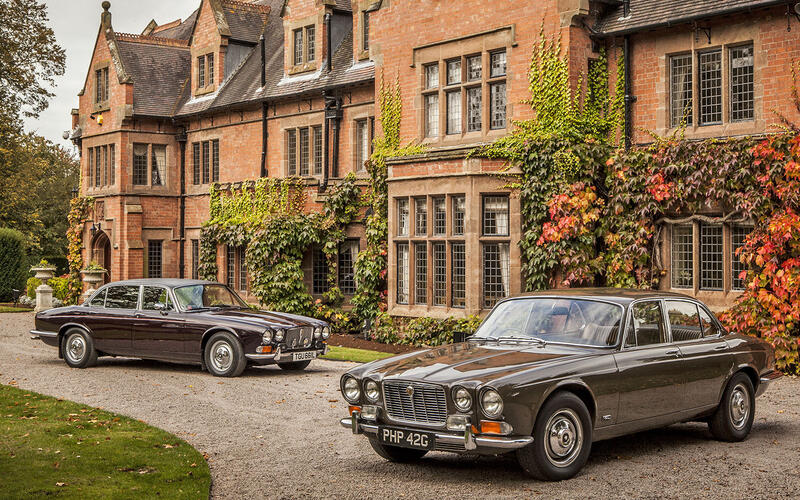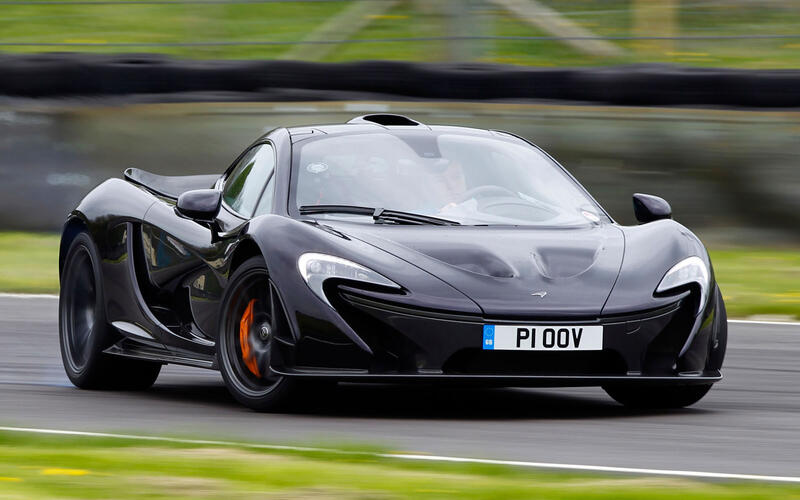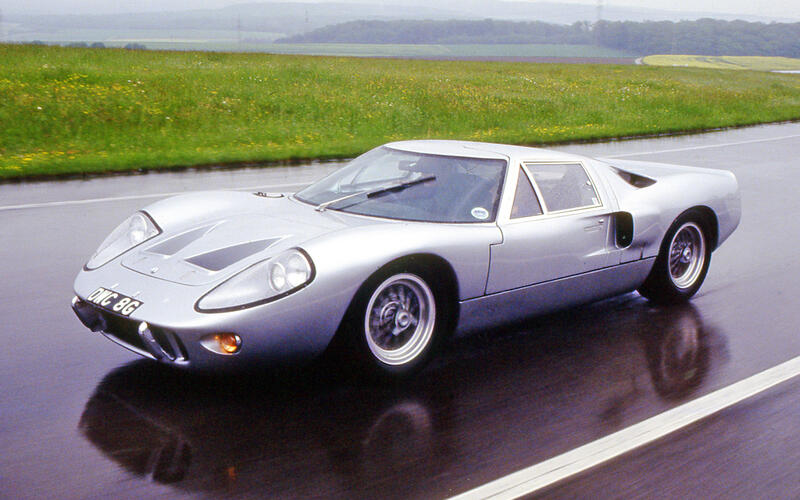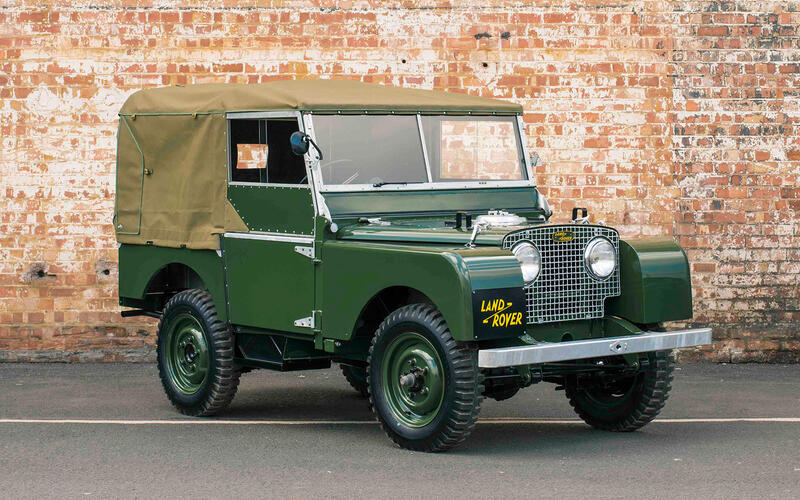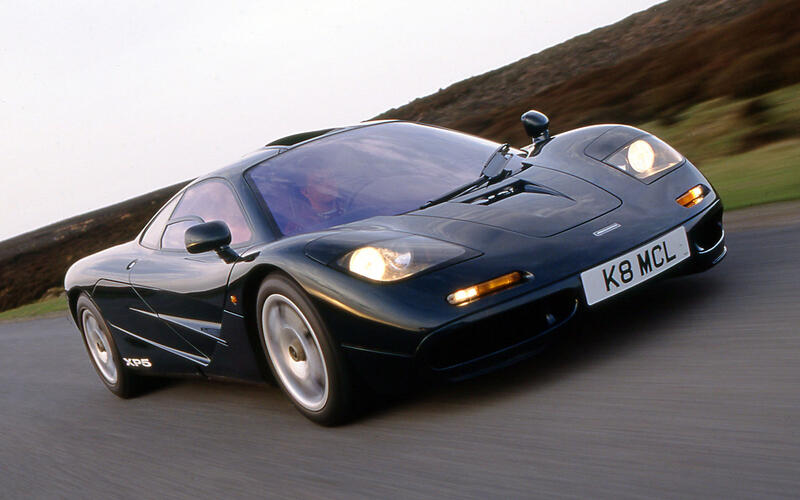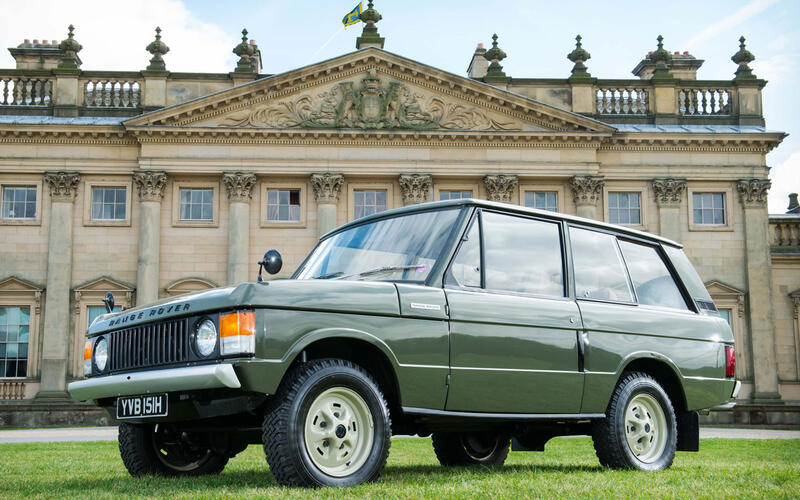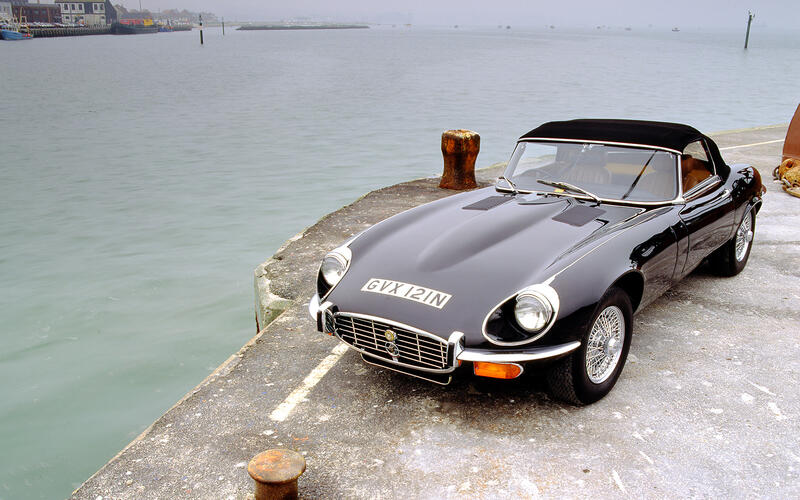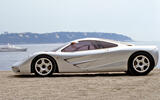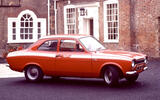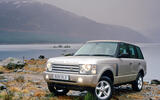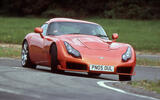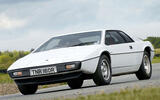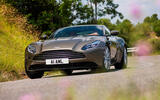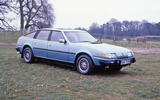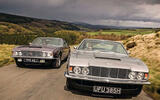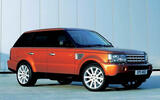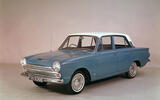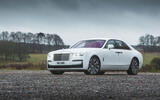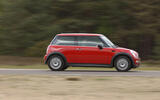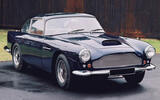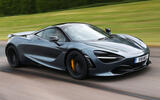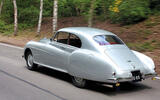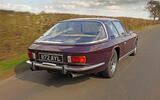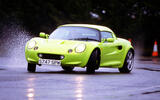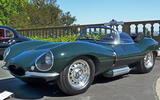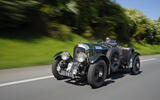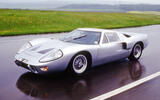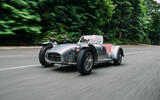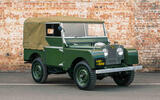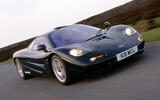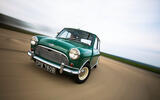 Slide of
Slide of
Some years ago we polled our readers to vote for their favourite British cars.
We’re now updating these with input from our own writers, and these are the results.
We deliberately haven’t included any cars since 2021 as it can take time to judge how good a car actually is in the wider sense:
 Slide of
Slide of
50: 2009 Lotus Evora
It should have re-ignited Lotus, but the Evora never rode a sales curve of any consequence despite its superb dynamic package, ample performance and an interior finally furnished to near-competitive standards.
 Slide of
Slide of
49: 2011 McLaren MP4 12C
A huge achievement, as much for business and technical terms as the car itself. A carbon tub, an unexpectedly fine ride and a twin turbo V8 of gruffly scintillating performance, but the whole failed to gel to beat its Ferrari contemporary.
 Slide of
Slide of
48: 2013 Jaguar F-Type
The F-Type couldn’t be expected to reignite the excitement of the E-Type, but it has the looks and go for the task, if not quite the handling. The coupe is very handsome, but both versions sold slowly.
 Slide of
Slide of
47: 1970 Ford Escort Mexico
Named after the London to Mexico rally victory, power came from a 88bhp Kent Crossflow engine, with a reinforced shell and suspension it shared with the RS1600, this was the entertaining road-going version of a serial rally winner.
 Slide of
Slide of
46: 2002 Range Rover
The car that BMW product development guru Wolfgang Reitzle was most excited to gain creative control of, and that showed in this beautifully conceived, highly sophisticated third-generation Range Rover, which Dr Reitzle was reunited with when he launched it under Ford's ownership.
 Slide of
Slide of
45: 2005 TVR Sagaris
Was the Sagaris peak TVR? It was a no less startling sight than its predecessors, it had the thrust to induce mild terror and the handling – just - to hold things together.
 Slide of
Slide of
44: 1976 Lotus Esprit
Sensational Giorgetto Giugiaro wedge made real using a steel backbone chassis, glassfibre body and Lotus’s twin cam four, later turbocharged. Superb handling and steering but fragile. The late life V8s were disappointing.
 Slide of
Slide of
43: 2016 Aston Martin DB11
Not as effortlessly beautiful as the DB9 it replaced, but better in almost every other way. Its superb handling, pliant ride and finely furnished interior compensate for the dull steering. One of the best luxury GTs.
 Slide of
Slide of
42: 2000 Ariel Atom
A millennial Caterham with even less bodywork, the Atom was the brilliant conception of Coventry University student Niki Smart. Usually Honda-powered, the Atom is ferociously fast, handles brilliantly and provides entertainment in inverse proportion to its comforts.
 Slide of
Slide of
41: 1976 Rover 3500 (SD1)
A great concept, ruined by Rover’s poor quality. An artfully elongated, V8-propelled Ferrari Daytona hatchback, its simple, well-developed suspension and fresh interior won it a Car of the Year award. Reputation-crushing unreliability gongs came later.
 Slide of
Slide of
40: 1962 MGB
Until the Mazda MX-5 arrived, the most popular sports car of all time. Crisply handsome lines, decent performance and handling, plenty of space, robust mechanicals and a keen price kept the B alive for far longer than was decent. GT a pleasing sportshatch, too.
 Slide of
Slide of
39: 1969 Aston Martin DBS V8
A handsome slice of elegant, handmade heft, launched as a six cylinder in 1967. The V8 saloon, as Aston perversely labelled this coupe, just about kept the company afloat during the ‘70s and early ‘80s.
 Slide of
Slide of
38: 2005 Range Rover Sport
It came several years after the BMW X5 and Porsche Cayenne, but the Sport was a king-size hit for JLR, rapidly becoming its best-seller and reputedly Ford's most profitable vehicle. Based on a cut-down Discovery with its separate chassis, but a decently sporting drive despite its heft.
 Slide of
Slide of
37: 1957 Lotus Elite
The world’s first monocoque glassfibre car, the Coventry Climax powered Elite was fast, nimble, light and pretty. Fragile and noisy, but an amazing accomplishment for the era and from so tiny a company.
 Slide of
Slide of
36: 1913 Morris Oxford Bullnose
Continuous improvement over a long life yielded ever greater sales, spectacularly so in its last four years. Nicknamed Bullnose after its rounded grille, the Oxford enabled Morris to become one of Britain’s dominant pre-war marques - and make Mr Morris a billionaire in today's money.
 Slide of
Slide of
35: 2007 Nissan Qashqai
A very international project, the car that put crossovers on every street was mainly the work of Nissan’s London and Cranfield design and engineering hubs. Sunderland built the bulk of this clever, highly influential car.
 Slide of
Slide of
34: 1962 Ford Cortina Mk 1
Project Cardinal was attractively styled and entirely conventional, the key to its success right-sizing, right-pricing and legendarily tight cost control, the Cortina formula dominating UK car sales for the next 20 years.
 Slide of
Slide of
33: 1963 Rover 2000
An early 2.0 executive car and the first winner of the Car of the Year award. Highlights: a steel base unit hung with unstressed panels, advanced suspension, provision for a gas turbine, many safety features and a plushly modern interior.
 Slide of
Slide of
32: 2020 Rolls-Royce Ghost
A progeny of Goodwood and Munich, the Ghost blends everything a Rolls-Royce should be with an unexpected and hugely satisfying dynamic strand. Quite possibly the most enjoyable limousine (for drivers) yet conceived.
 Slide of
Slide of
31: 2001 ‘BMW’ Mini
Difficult to reinvent, but BMW and Rover succeeded, turning the Mini into a premium hatch of great style and quality while retaining much of the original’s character. It debuted a much-copied options system too.
 Slide of
Slide of
30: 2001 Aston Martin Vanquish
Bridged the DB7 era and the advent of the new VH platform that would be the mainstay of Astons for years. Handsome, rapid and surprisingly deft, if spoiled for some by its paddleshift transmission. Relatively rare.
 Slide of
Slide of
29: 1992 Jaguar XJ220
Started life with a V12 and all-wheel drive, but emerged with rear-drive V6 power. The shapely, attention-getting design survived largely intact, however. Stunned with its 7.9sec 0-100mph time, until McLaren’s F1 bettered it.
 Slide of
Slide of
28: 1962 Morris 1100
The same front-drive, gears-in-the-sump, space-maximising idea as the Mini, but with interconnected fluid suspension and Pininfarina styling. The world’s best small family car in ‘62, and Britain’s best-seller for 10 years.
 Slide of
Slide of
27: 2021 Lotus Evija
It costs almost £1.5m, its battery pack weighs almost as much as an early Elise, but demolishes a Chiron to 186mph. Soundscape apart, the Evija serves traditional Lotus sensations, aided by hydraulic PAS and servo brakes.
 Slide of
Slide of
26: 1958 Aston Martin DB4
First in a long line of these Carrozzeria Touring designed, superleggera constructed coupes, the DB4 was aesthetically the purest of the DB4, 5 and 6 and apart from the Vantage GT, the lightest and most agile, too.
 Slide of
Slide of
25: 2020 Land Rover Defender
A bit like replacing a Bakelite telephone with a smartphone, the new Defender swaps exposed rivets and a cramped cockpit for a compellingly lux utility finish and hugely enhanced ability in every dimension. So good that it seems to have stolen many sales of its sister car, the Discovery.
 Slide of
Slide of
24: 2018 McLaren Senna
A matching trio of stats – 800 metric bhp, 800kg of downforce and 800 Nm of torque - more than hint at the Senna’s mission, but fail to convey its kidney-compacting cornering power, ferocious go or the effectiveness of its powertrain. And it’s beguilingly easy to drive.
 Slide of
Slide of
23: 1953 Austin Healey 100/4
The potential of Donald Healey’s handsome 1952 motor show car was spotted by BMC boss Leonard Lord, who immediately did a deal that saw it built by Austin and exported, in ever-growing numbers, to the US.
 Slide of
Slide of
22: 1911 Vauxhall Prince Henry
Reckoned to the world’s first sportscar, not so much for outright performance as its robust, all-round capability. Its engine liked to rev and it handled well for its day. Stopping was a challenge, but the Prince Henry won many races.
 Slide of
Slide of
21: 2017 McLaren 720S
A descendent, via the 650S, of the original MP4 12C, the 720S was re-engineered to spectacular, 5 star road test award-winning effect. 0-60mph in 2.9sec and 100mph in 5.6sec are staggering enough, but the real joy is throttle-adjustable handling and its supple, bump-shrugging ride.
 Slide of
Slide of
20: 1952 Bentley Continental Type R
The grandest of grand tourers, the rakish Continental R was good for triple-digit cruising with almost no wind noise, and 20mpg from its 4.6-litre six-cylinder. Its aerodynamically-tested aluminium body was by H.J. Mulliner.
 Slide of
Slide of
19: 1966 Jensen FF
Tiny Jensen managed to pioneer full-time four-wheel drive in combination with ABS anti-lock brakes aboard the handsome Interceptor, a technical achievement unmatched for more than a decade.
 Slide of
Slide of
18: 1948 Morris Minor
Transformed the handling of small family saloons while providing a fine blend of the essentials, performance apart. That improved with the A Series engine versions in 1952. The first British car to sell a million.
 Slide of
Slide of
17: 1906 Rolls-Royce 40/50 Silver Ghost
This car prompted Autocar to name a Rolls-Royce “the best car in the world’, its reliability and near-silent running earning the car much admiration. Almost 8000 were made, many surviving to this day.
 Slide of
Slide of
16: 1962 Lotus Elan
A car that fuses brilliance in so many areas, from its fulsomely communicative steering, to its chassis balance, elastic ride, throaty performance and surprising refinement. It’s pretty too, and so small now.
 Slide of
Slide of
15: 1963 Aston Martin DB5
Heavier than the DB4, but with more power, faired in headlights and a starring role in a certain film series makes the handsome DB5 one of Britain’s most famous cars and a fine set of wheels for James Bond.
 Slide of
Slide of
14: 2018 Jaguar I-Pace
Jaguar’s surprise early foray into the premium EV world was mighty impressive with its novel proportions and bespoke platform, despite making less impact than hoped for. A harbinger of Jaguar’s all-electric future, coming soon…
 Slide of
Slide of
13: 1996 Lotus Elise
Originally conceived as a limited edition, the Elise has led a stellar career as the choice for the keen driver prepared to sacrifice utility for the tactile and aural joy that is this exquisitely dynamic Lotus.
 Slide of
Slide of
12: 1957 Jaguar XKSS
A road-going version of Jaguar’s triple Le Mans winner, complete with 250bhp dry sump engine. Civilised with windows, a hood, interior furnishings and bumpers, but shorn of the D-Type’s dramatic offset tailfin.
 Slide of
Slide of
11: 1922 Austin Seven
Britain’s Model T Ford, it succeeded because it was a scaled-down car, complete with four-cylinder engine, rather than a scaled-up motorbike. Long-lived with a huge variety of bodies, including some very stylish sports numbers.
 Slide of
Slide of
10: 1929 Bentley Blower
WO Bentley himself did not approve of his cars being supercharged, but forced induction was the key to the first two of a quartet of consecutive Le Mans 24 Hour victories from 1927, first with a 3.0 litre, then a 4.5.
 Slide of
Slide of
9: 1968 Jaguar XJ6 S1
Another high-achieving Jaguar, the XJ was an exquisite blend of low-roofed three-box proportion, perfect stance, sporting character and extraordinary refinement. And all for a modest price.
 Slide of
Slide of
8: 2013 McLaren P1
McLaren aimed to make the best driver’s car in the world with the F1-succeeding P1, and got very close to this subjective goal. Blitzing the legendarily brief in-gear times of its F1 predecessor with a 903bhp hybrid drivetrain earned it another gold star.
 Slide of
Slide of
7: 1964 Ford GT40
A product of revenge, in this case Ford’s, on Enzo Ferrari for reneging on a plan to sell his company to the Blue Oval. The car itself, though, was largely developed in Britain and after early failures scored a Ferrari-trouncing 1-2-3 in the 1966 Le Mans 24 Hours.
 Slide of
Slide of
6: 1973 Caterham Seven
Originally a Lotus kit car, the Seven was all about simplicity and power to weight ratios. Decades of development have produced more speed, more grip and more exhilaration and more refinement too. Among the most joyously raw motoring available.
 Slide of
Slide of
5: 1948 Land Rover Series 1
A mainstay for farmers, the emergency services, armies, utilities, royalty, intrepid post-war explorers and as the decades rolled by, a growing band of passionate enthusiasts. A reassuringly familiar part of Britain.
 Slide of
Slide of
4: 1992 McLaren F1
The world’s first hypercar, weight-pared to the max, powered by a magnificent 627bhp BMW V12 and seating three, the driver centrally. Broke 100mph in 6.3sec and 200mph in 28.0sec and handled too, but could snare the over-ambitious. Oh, and it also won Le Mans.
 Slide of
Slide of
3: 1970 Range Rover
Not the first luxury off-roader, and initially not that luxurious either, but hugely able both off-road and on. Evolved at a painfully glacial pace, gradually gaining extra doors, a diesel option, upmarket features and an ever-widening fanbase - especially when it eventually reached the US in 1987.
 Slide of
Slide of
2: 1961 Jaguar E-Type
The shape, the power, the sophistication, the glamour, the speed, the six cylinders, the clever independent rear suspension, the dramatic clamshell bonnet, the weirdly narrow track – all made the E-Type glorious, the more so because of its bargain price.
 Slide of
Slide of
1: 1959 Austin Mini
And the winner is... the Mini. Mini by name, but actually pretty maxi inside. It’s a full four-seater, and could genuinely be used as family transportation, obliterating the 50s' micro-car class at an instant; that was the real brilliance of the Issigonis design.
The Mini wasn’t quite the first transverse engine, front-drive car, but it popularized a format that fundamentally altered the way most cars’ mechanicals were laid out. In the days when rear-drive cars were skittish in the wet and wandery in a cross-wind, the super-stable Mini shaped the future of Europe’s small cars. Icing on the cake? They are a hoot to drive.
Many firms can make a grand car from a large one. But to make the UK's greatest car also one of its smallest? That's its final triumph.
If you enjoyed this story, please click the Follow button above to see more like it from Autocar
Access control:
Open
Include in Apple News:


